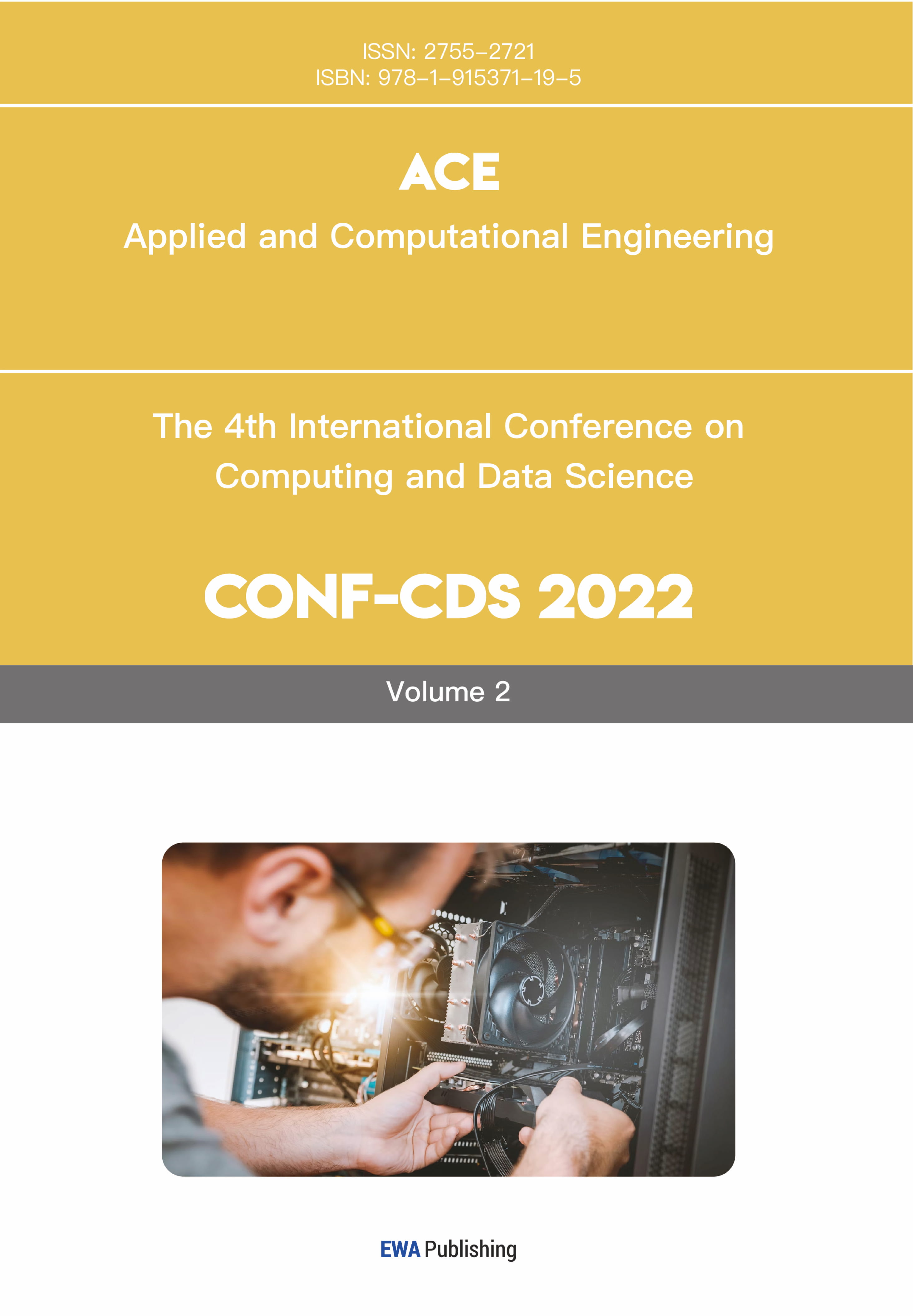References
[1]. Ogbodo, J. O., Agbo, C. P., Njoku, U. O., Ogugofor, M. O., Egba, S. I., Ihim, S. A., ... & Upasani, C. D. (2022). Alzheimer's disease: pathogenesis and therapeutic interventions. Current aging science, 15(1), 2-25.
[2]. Rostagno, A. A. (2022). Pathogenesis of Alzheimer’s disease. International journal of molecular sciences, 24(1), 107.
[3]. Scheltens, P., De Strooper, B., Kivipelto, M., Holstege, H., Chételat, G., Teunissen, C. E., ... & van der Flier, W. M. (2021). Alzheimer's disease. The Lancet, 397(10284), 1577-1590.
[4]. Liu, J., Li, M., Luo, Y., Yang, S., Li, W., & Bi, Y. (2021). Alzheimer's disease detection using depthwise separable convolutional neural networks. Computer Methods and Programs in Biomedicine, 203, 106032.
[5]. De Santi, L. A., Pasini, E., Santarelli, M. F., Genovesi, D., & Positano, V. (2023). An explainable convolutional neural network for the early diagnosis of Alzheimer’s disease from 18F-FDG PET. Journal of digital imaging, 36(1), 189-203.
[6]. Zhang Anhang & Guan Junlin.(2024). Application of multi-branch convolutional network in Alzheimer's disease classification. Fujian Computer, 40(12), 36-39.
[7]. Sun Junnan, Li Yueyang & Luo Haichi. (2024). Research on Alzheimer's disease classification algorithm based on 3D DenseNet combined with SimAM module. Computer and Digital Engineering, 52(8), 2279-2283.
[8]. Sun Haoran. (2024). Research on intelligent diagnosis algorithm of Alzheimer's disease based on multimodal image fusion (Master's thesis, Henan University). Master's degree https: //link.cnki.net/doi/10.27114/d.cnki.ghnau.2024.001363doi: 10.27114/d.cnki.ghnau.2024.001363.
[9]. Liu Zirui. (2024). Research on auxiliary diagnosis methods for Alzheimer's disease (Master's thesis, Mudanjiang Normal University). Master's degree https: //link.cnki.net/doi/10.27757/d.cnki.gmdjs.2024.000368doi: 10.27757/d.cnki.gmdjs.2024.000368.
[10]. Dosovitskiy, A., Beyer, L., Kolesnikov, A., Weissenborn, D., Zhai, X., Unterthiner, T., ... & Houlsby, N. (2020). An image is worth 16x16 words: Transformers for image recognition at scale. arXiv preprint arXiv: 2010.11929.
[11]. Wang, J. X., Li, Y., Li, X., & Lu, Z. H. (2022). Alzheimer's disease classification through imaging genetic data with IGnet. Frontiers in Neuroscience, 16, 846638.



